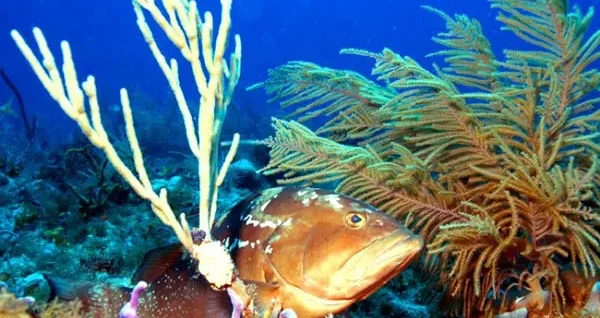NOAA Fisheries' two new assessments of climate vulnerability for fish species and invertebrates in the Gulf of Mexico and South Atlantic were shared at the end of 2023. While all the species assessed are projected to face significant exposure to climate-driven changes, some are expected to be much more susceptible than others.
John Quinlan, the lead author of the Gulf of Mexico assessment, shared, "These areas are projected to become substantially warmer, saltier, more acidic, and less oxygenated. This means that multiple stressors could operate across the Southeast, and we'll need to be aware as the system shifts."
Climate vulnerability assessments are critical in enhancing stock assessments for marine species and guiding fisheries management strategies. They also serve as valuable tools in pinpointing measures to bolster specific species' resilience against climate change impacts.
In the Gulf, several species stand out as particularly vulnerable, including sharks, rays, groupers, oysters, and snook. The species that fall into the low vulnerability category are Gulf menhaden, shrimp, vermillion snapper, cobia, Spanish mackerel, speckled sea trout, and amberjack. And despite the sizeable environmental exposure, these species may have stronger resilience to climate change.
When evaluating the South Atlantic Large Marine Ecosystems, the species that stand out as particularly vulnerable include deepwater reef fish, fish that spend part of their lifecycle in fresh and saltwater, such as striped bass, and commercially important fish stock groups, such as deepwater groupers and oysters.
"Some species, such as sturgeon, are considered very vulnerable, while others, such as menhaden, are better off and maybe rather resilient," Quinlan told Global Seafood Alliance. So, users of the information can see where their species is relative to others in the mix. They can also delve a bit deeper and see what's behind the ranking.
You can explore NOAA Fisheries' new Climate Vulnerability Assessment tool here. NOAA shared that the information can be used to show knowledge gaps and prioritize future research efforts. The tool can also help show the impacts of climate change on different fish species to help further plan management strategies to sustain a healthier marine environment.







